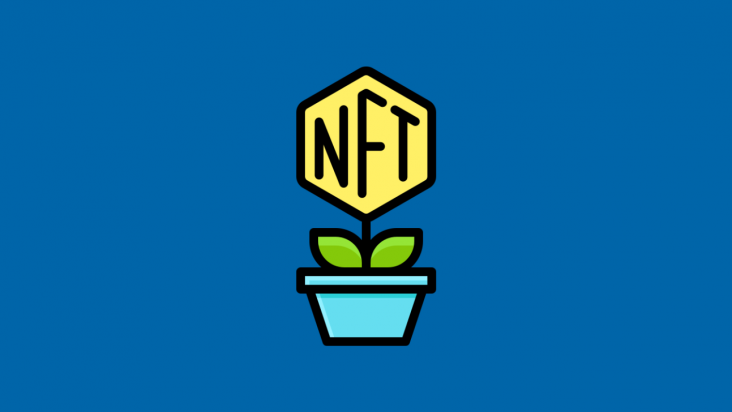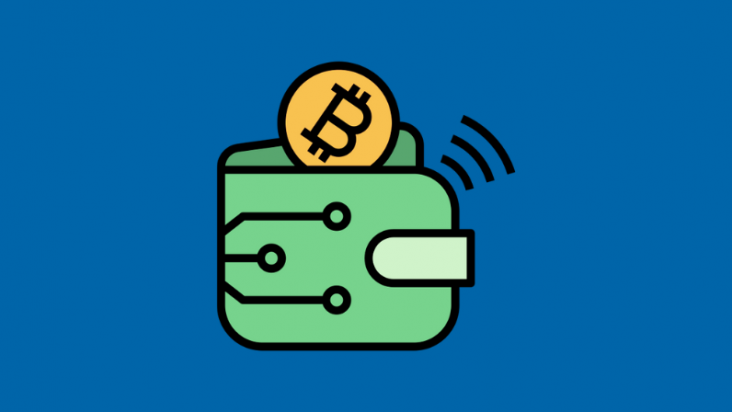
Cryptocurrency investing has quickly grown into a popular investment strategy for both new and seasoned investors. Given the volatile nature of digital currencies, having a solid and diversified crypto portfolio is critical for long-term success. By strategically selecting assets and implementing risk management techniques, investors can weather market fluctuations and achieve sustainable growth in their cryptocurrency ventures. This article explores some essential strategies for crypto portfolio diversification that can help you safeguard your investments and maximize potential returns.

Understanding crypto portfolio diversification
Before diving into specific strategies, it’s important to understand the essence of portfolio diversification. In traditional investing, diversification refers to spreading your investments across various asset classes, such as stocks, bonds, or real estate, to reduce risk. This same principle applies to cryptocurrencies. Given that the market is still emerging and can be prone to drastic swings, diversification helps mitigate risk while offering exposure to different sectors of the crypto ecosystem.
Cryptocurrencies come in many forms, ranging from well-established coins like Bitcoin and Ethereum to lesser-known altcoins with high growth potential. A diversified crypto portfolio involves holding a mix of these assets to balance potential risks and rewards. As with any investment, the goal is to optimize returns while minimizing exposure to a single asset that could be vulnerable to sharp price drops.
Choosing a balanced mix of crypto assets
When building a diversified crypto portfolio, the first step is selecting the right mix of digital assets. Bitcoin (BTC) and Ethereum (ETH) are considered the two most reliable and established cryptocurrencies, making them a good foundation for any portfolio. These digital currencies have shown resilience over time and continue to lead the market in terms of adoption, user base, and technological development.
Bitcoin has long been regarded as a store of value, often referred to as “digital gold,” due to its capped supply and potential for long-term value retention. Ethereum, on the other hand, serves as the backbone for decentralized applications (dApps) and smart contracts, offering opportunities for developers and businesses in the blockchain space.
While it is crucial to hold a significant amount of Bitcoin and Ethereum in your portfolio, incorporating altcoins with specific use cases or growth potential can enhance diversification. For example, assets like Binance Coin (BNB), Cardano (ADA), and Solana (SOL) are gaining traction for their unique features, scalability, and strong communities. These altcoins may come with higher risk, but they also provide the potential for substantial rewards if they continue to grow and gain adoption.
By maintaining a balance between large-cap and mid-to-small-cap cryptocurrencies, you can minimize risks while benefiting from the potential upside of newer assets. Diversifying into projects with different use cases, such as decentralized finance (DeFi), privacy coins, and non-fungible tokens (NFTs), further enhances your exposure to the full spectrum of the crypto industry.
Risk management and asset allocation
Proper risk management is a crucial aspect of portfolio diversification. In the crypto world, volatility is a constant, and investors must prepare for periods of sharp price fluctuations. One of the most effective ways to manage risk is by setting a proper asset allocation. This refers to determining the percentage of your portfolio allocated to each cryptocurrency or asset class based on your risk tolerance, investment goals, and time horizon.
For example, if you are risk-averse, you may allocate a larger portion of your portfolio to Bitcoin and Ethereum, as they are more established and tend to experience less extreme price swings. On the other hand, if you are comfortable with higher risk for potential reward, you might allocate a smaller portion to riskier altcoins or newer projects that offer high-growth potential.
A good rule of thumb is to start with a more conservative approach and gradually increase exposure to riskier assets as your portfolio grows. You can also periodically re-balance your portfolio to ensure that it remains aligned with your long-term investment strategy and adjusts to market conditions.
A sound risk management strategy can also include stop-loss orders and setting clear exit strategies. This ensures that you are able to cut losses if an asset experiences a drastic decline in value, or conversely, lock in profits when an asset reaches a certain price target.
Long-term holding vs. Active trading
Crypto investors generally follow one of two main approaches: long-term holding or active trading. Long-term holding, also known as “HODLing,” involves purchasing cryptocurrencies with the intention of holding them for an extended period, regardless of short-term price fluctuations. This strategy is based on the belief that the value of the assets will increase over time, allowing the investor to benefit from long-term growth.
Active trading, on the other hand, involves buying and selling assets frequently to capitalize on price movements. This approach requires a high level of market knowledge and technical analysis to identify entry and exit points. While active trading offers the potential for higher profits in a shorter time frame, it also comes with greater risks and the need for constant monitoring.
Incorporating both strategies into your portfolio can be a powerful way to diversify your approach. You can maintain a base of long-term holdings in established cryptocurrencies while actively trading smaller, high-potential altcoins. This combination allows you to benefit from long-term growth while potentially making more frequent profits through active trading.
Exploring DeFi and staking opportunities
One effective way to diversify your crypto portfolio and generate passive income is by exploring decentralized finance (DeFi) and staking opportunities. DeFi platforms allow users to lend, borrow, and trade assets without the need for traditional intermediaries like banks. Many DeFi platforms offer attractive yield farming and liquidity mining opportunities, where investors can earn rewards by providing liquidity to decentralized exchanges or lending their assets.
Staking, which involves locking up certain cryptocurrencies to support network security and operations, is another way to generate passive income. Coins like Ethereum 2.0, Cardano, and Polkadot offer staking rewards, allowing investors to earn interest on their holdings. By participating in DeFi and staking, investors can increase the overall yield of their portfolios while diversifying their income streams.
It’s important to note that while DeFi and staking offer high returns, they also come with their own set of risks, such as smart contract vulnerabilities and network security issues. As such, investors should do thorough research and ensure that they are using trusted platforms and networks.
Diversifying into blockchain infrastructure
Blockchain infrastructure is a critical part of the crypto ecosystem, and investing in companies or projects that support this infrastructure can offer significant diversification benefits. These could include mining operations, blockchain developers, and firms providing solutions for the adoption and integration of blockchain technology into traditional industries.
By diversifying into blockchain infrastructure, you are not solely dependent on the price movements of cryptocurrencies but also on the growth and development of the blockchain industry as a whole. Projects like Filecoin (FIL) and Chainlink (LINK), which provide decentralized storage and oracle services, are examples of infrastructure-related assets that complement the value of cryptocurrencies.
The importance of security and regular monitoring
As you build and diversify your crypto portfolio, maintaining security should always be a priority. Given the irreversible nature of cryptocurrency transactions, losing access to your assets due to theft or fraud can be devastating. Using reputable crypto exchanges (such as Coinbase) and secure storage methods like hardware wallets (such as Ledger) can provide an extra layer of protection.
Additionally, it’s important to regularly monitor your portfolio’s performance and adjust your holdings as needed. Cryptocurrency markets can change rapidly, so staying informed about new projects, market trends, and regulatory changes is essential for maintaining a diversified and profitable portfolio.
Strategic final thoughts on crypto portfolio diversification
Successfully managing a diversified crypto portfolio requires careful planning, research, and regular monitoring. By incorporating a mix of large-cap and altcoins, using risk management strategies like asset allocation, and exploring passive income opportunities through DeFi and staking, you can position yourself for long-term success in the ever-evolving cryptocurrency market. While the road may be volatile, following these strategies will help you build a resilient and well-rounded portfolio, capable of withstanding market fluctuations and taking advantage of the growth potential within the crypto space.








